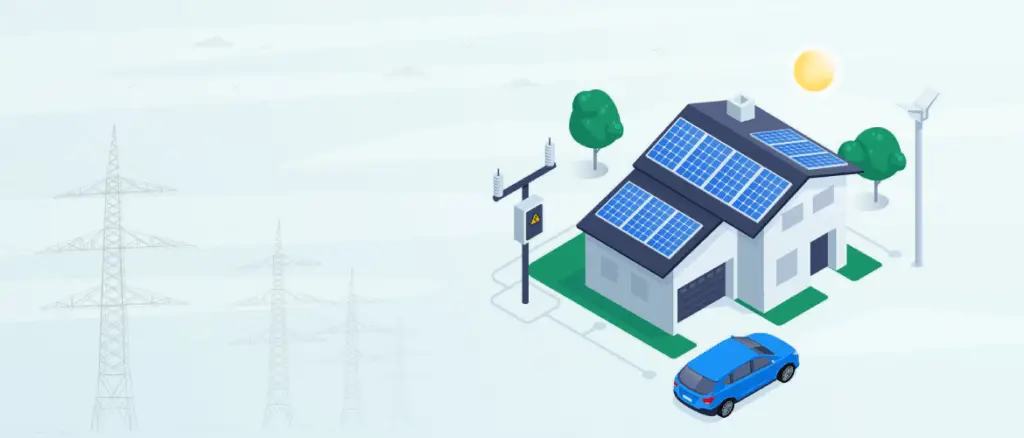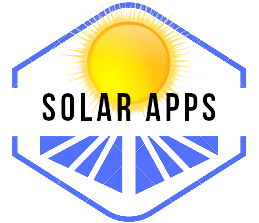Contents
Introduction
6.6kW solar system in the midst of a global shift towards renewable energy sources, solar power is steadily ascending the ranks of popularity among homeowners in Australia. Within the diverse array of solar system sizes on offer, the 6.6kW solar system has notably risen to prominence. This article embarks on a comprehensive exploration of the 6.6kW solar system, dissecting its integral facets that include its cost, the potential for substantial savings, and an in-depth analysis of the considerations that vary across different Australian cities. As we delve into the particulars, we aim to provide prospective solar energy enthusiasts with an informed perspective on this increasingly sought-after solution for sustainable and cost-effective energy generation.
6.6kW Solar System Basics
It is a moderately-sized residential solar panel installation. It comprises solar panels that can collectively generate approximately 6,600 watts of electricity under ideal conditions. This system size is suitable for households with moderate to high energy consumption.
6.6kW Solar System Price
The cost of it can vary based on factors such as location, quality of components, and installation. As of my last knowledge update in September 2021, the average price for it in Australia ranged from $5,000 to $9,000, excluding any government incentives or rebates. However, prices may have fluctuated since then, so it’s advisable to obtain multiple quotes from reputable solar installers for accurate pricing.

Savings Potential
One of the primary motivations for investing in a solar system is the potential for cost savings. The savings you can expect from it depend on several factors, including your location, energy consumption patterns, and the efficiency of your system. On average, a well-designed and properly installed 6.6kW solar system can save homeowners hundreds of dollars on their annual electricity bills.
Regional Price Variations
The price of it can vary from one city or region to another in Australia. Here’s a rough estimate of the price range for a 6.6kW solar system in some major cities:
- Melbourne: $5,000 – $9,000
- Brisbane: $5,000 – $8,500
- Sydney: $5,500 – $9,000
- Perth: $5,000 – $8,000
- Victoria: $5,000 – $9,000
- Geelong: $5,000 – $9,000
These prices can fluctuate based on local market conditions and installer competition.
6.6kW Solar System with 5kW Inverter
Frequently, solar systems are complemented with a 5-kilowatt (kW) inverter, a component chosen for its capacity to effectively manage the electrical output generated by the solar panels. In most cases, the cost of this 5kW inverter is seamlessly integrated into the overall pricing structure of the solar system, simplifying the financial aspect for consumers. This inverter’s aptitude for harmoniously synchronizing with the solar panel array is integral to ensuring that the energy conversion process operates efficiently and that the entire system performs optimally. Bundling the inverter within the comprehensive system cost streamlines the procurement process for those considering adopting solar energy, making the transition to solar power an accessible and comprehensible endeavor.
6.6kW Solar System with Battery
Incorporating a battery storage system into your 6.6kW solar setup offers a transformative advantage by enabling you to stockpile surplus solar energy for later use, especially when the sun isn’t shining, such as on overcast days or during the night. The financial aspect of augmenting your system with a battery can exhibit notable variability, with the supplementary expense spanning a broad spectrum, generally amounting to anywhere from $5,000 to $15,000 or potentially more.
This cost fluctuation hinges on a multitude of factors, foremost among them being the specific type and capacity of the chosen battery technology. The decision to invest in a battery storage system should be carefully considered, factoring in your energy consumption patterns, regional climate, and budget constraints, to ensure an optimized and cost-effective solar energy solution that caters to your unique needs.
Number of Panels
The quantity of solar panels integrated into a 6.6kW solar system hinges on the individual wattage rating of the panels selected for the installation. As a rule of thumb, such a system typically encompasses a range of approximately 18 to 24 solar panels, provided that each panel maintains an average power output within the bracket of 275 to 350 watts.
The precise number of panels is intricately linked to the power efficiency and the specifications of the panels themselves, reflecting the integral role they play in determining the system’s overall capacity. This range underscores the importance of panel selection, as it allows homeowners and businesses to tailor their solar array to meet their specific energy requirements, optimizing both energy generation and cost-effectiveness.
Power Output
The daily electricity production of this system typically hovers around an estimated range of 24 to 33 kilowatt-hours (kWh), subject to a host of influential factors. These determinants include the daily duration of sunlight, the precise orientation of the solar panels, and the extent to which they might be subjected to shading. Extrapolating over the course of a year, this equates to an annual generation potential that falls within the broad spectrum of 8,760 to 12,045 kWh. The variance in these figures underscores the significance of optimal panel placement and the local environmental conditions, both of which play pivotal roles in maximizing the system’s overall energy yield.
Conclusion
This is a substantial investment in clean, renewable energy that can offer significant savings on electricity bills while reducing your carbon footprint. The exact price, savings, and performance of your system will depend on various factors, including your location and individual circumstances. To make an informed decision, it’s essential to consult with reputable solar installers and consider all aspects of your solar installation carefully. Solar power continues to be a wise choice for environmentally conscious homeowners looking to harness the sun’s energy for years to come.
